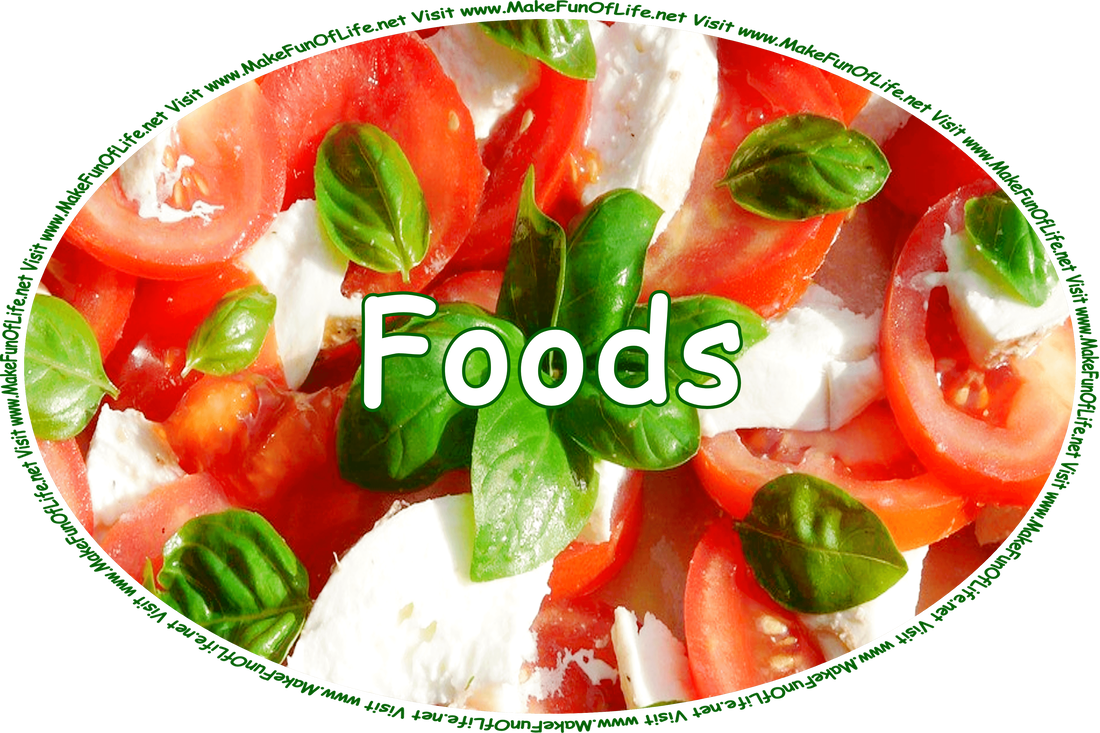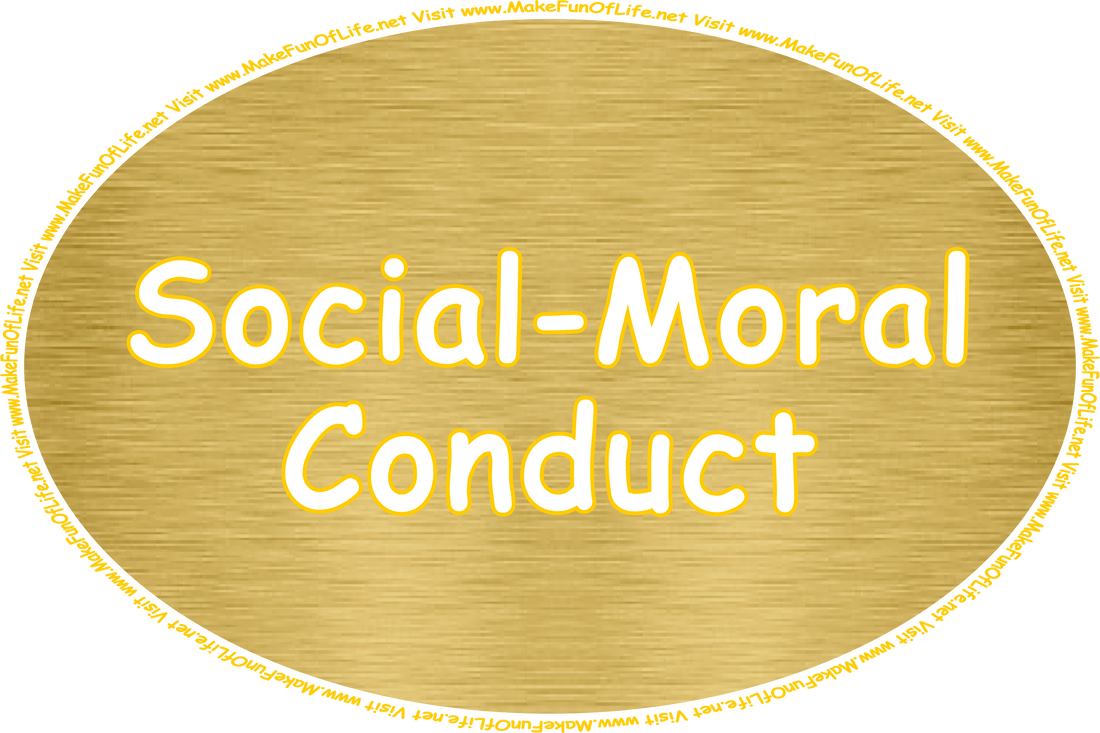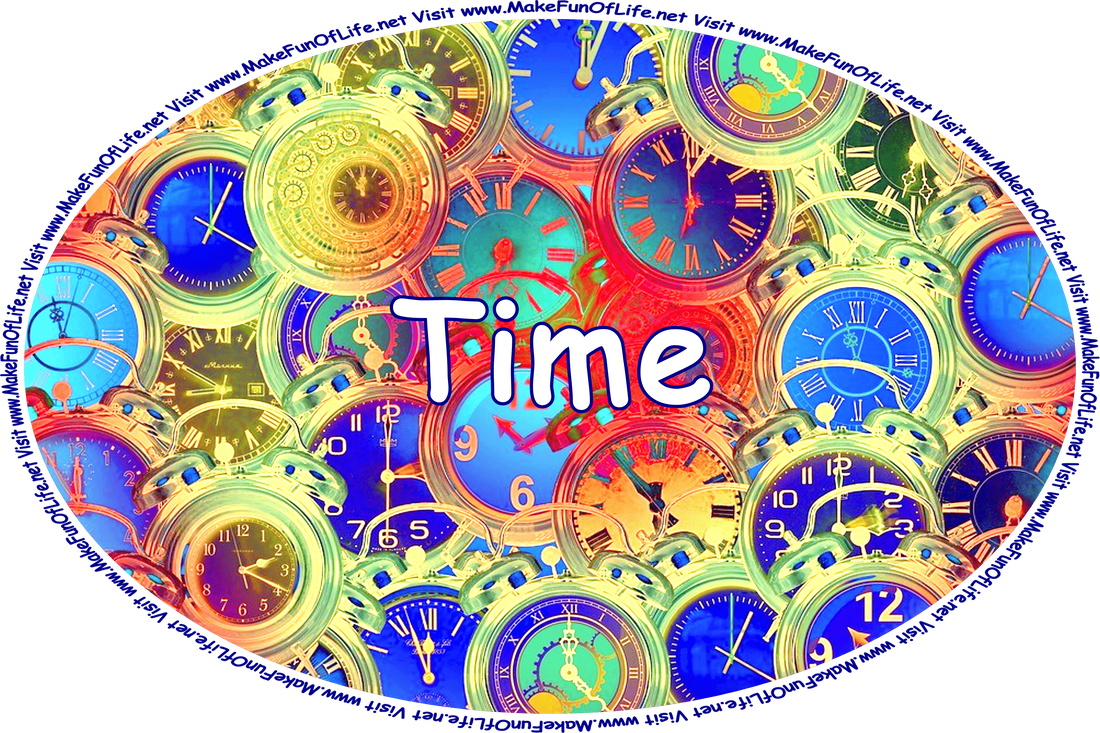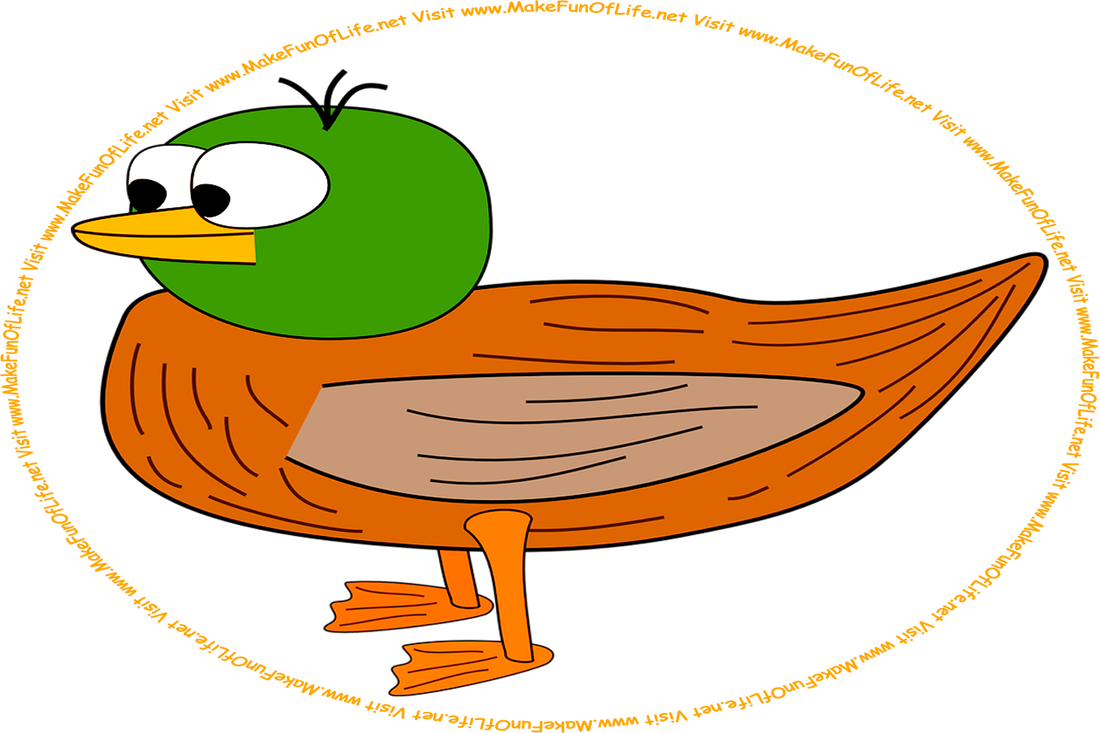“An apple a day keeps the doctor away.” -Author Unknown: as quoted in the “Anaconda Standard” (23 December 1900) newspaper of Montana, United States of America
Jack: How do you make an apple turnover?
Jill: Roll it down a hill, silly.
According to school tradition, for a period of more than 100 years in the 18th and 19th centuries, the prestigious Yale University (at the time a college) of New Haven, Connecticut, United States of America, served its students the same supper every night: apple pie.
Brenda: What do you call an apple that plays the trumpet?
Melinda: A tooty-fruity!
A city slicker was driving through the country. He stopped at an orchard and asked the owner how much his apples were. “All you can pick for one dollar,” said the orchard’s owner. “All right,” said the city slicker. “I’ll take two dollars’ worth.”
Apple Trees and Apples Facts
- Apple trees produce apples after four or five years of age.
- Most apple blossoms (flowers) are pink when they open but gradually fade to white.
- Apple trees typically blossom in the Spring, with the fruit maturing in the Autumn (Fall).
- Apples can be eaten raw and are used to make juice, cider, vinegar, applesauce, dried apple slices, and many types of desserts and snacks.
- Apple trees can live for more than one hundred years.
Jimmy: What is red and goes putt, putt, putt?
Jeremy: An outboard apple. (Or an apple on a golf course.)
Apples come in a variety of colors, including lime green, golden yellow, burgundy, and chocolate brown.
Apple varieties range in size from a little larger than a cherry to as big as a grapefruit. The largest apple ever picked weighed 1.417 kilograms (3 pounds and 2 ounces).
Apple: A nutritious lunchtime dessert that children will trade for factory-made sugary cupcakes that some people say are a cause of obesity, diabetes, tooth decay, and nutritional deficiencies that lead to poor overall health.
The energy from about fifty apple tree leaves is needed to produce one apple. The apples harvested from an average tree can fill 20 bushel-size boxes that weigh 42 pounds each. A bushel of apples will yield 20 to 24 quarts of applesauce. About 36 apples make a gallon of apple cider. Two pounds of apples go into one 9-inch apple pie.
Daniel: If it took six pigs two hours to eat the apples in an orchard, how many hours would it take three pigs to do the same thing?
Samuel: None, because the six pigs have already eaten them all.
Apple trees can grow to be more than 12 meters (40 feet) tall, so orchard owners must buy or rent equipment that can reach those heights at harvest-time. To avoid the cost and complications that come with the equipment, apple orchard owners are starting to grow dwarf apple trees. Their shorter heights make it easier to prune the branches and harvest the apples. The moral of the story is that taller is not always better - often shorter is.
OOOOOOOOOOOOOOOOOOOOOOOOOOOOOOOOOOOOOOOOOOOO
l i v e ☆ l a u g h ツ l o v e ♥ g r o w ☼ l i v e ☆ l a u g h ツ l o v e ♥ g r o w ☼
OOOOOOOOOOOOOOOOOOOOOOOOOOOOOOOOOOOOOOOOOOOO
An Apple a Day
An apple a day
Sends the doctor away.
Apple in the morning,
Doctors take warning.
Roast apple at night,
Starves the doctor outright.
Eat an apple going to bed,
Knock a doctor on the head.
An apple each day, seven days a week,
Rosy apple, rosy cheek.
by Author Unknown
OOOOOOOOOOOOOOOOOOOOOOOOOOOOOOOOOOOOOOOOOOOO
l i v e ☆ l a u g h ツ l o v e ♥ g r o w ☼ l i v e ☆ l a u g h ツ l o v e ♥ g r o w ☼
OOOOOOOOOOOOOOOOOOOOOOOOOOOOOOOOOOOOOOOOOOOO
What are apple peels good for? The peels are a source of substances called ‘antioxidants.’ Antioxidants can help reduce the type of damage to cells that triggers some diseases. An average person’s daily requirement for fiber is 25 grams, and one apple has about five grams of fiber, two-thirds of which is found in the peel. Apples are a good source of the soluble fiber called pectin, which can help lower cholesterol levels.
Peach: When is an apple not an apple?
Plum: When it is a pineapple!
A persistent fear of apples is called malusdomesticaphobia. The word is derived from the scientific name for apples, ‘Malus domestica,’ and the Greek word ‘phobos’ meaning ‘fear.’ The apples are coming to get you! Sorry, we didn’t mean to frighten you. One way to lessen fear is to learn something about what you are fearful of - what would you like to know about apples? It is also possible for a fear of apples to originate with something a person associates with apples. For example, maybe a person was bullied as a child by someone who habitually ate apples, or maybe a person was brought up in extreme poverty, neglect, and abuse, with apples being one of the few available foods, and the person fears returning to live again that part of his or her past.
Lucinda: If an apple a day keeps the doctor away, what does an onion do?
Lucille: It keeps everyone away!
The apple is commonly known as the supposed forbidden fruit of the Garden of Eden. But contrary to this erroneous belief, there is no mention of the apple as the forbidden fruit in “The Bible.” The forbidden fruit mentioned in “The Bible” is referred to as the “fruit from the Tree of Knowledge,” with no specification as to which kind of fruit. It was Hugo Van Der Goes who first implicated the apple as the forbidden fruit in C.E. 1470 in his painting, “The Fall of Man.” After that, it became popular to depict the apple as the forbidden fruit. So, the apple is not the fruit that got Adam and Eve into trouble with God. People can confidently eat an apple without worrying that they are committing a transgression.
Bertha: What is worse than finding a worm in your apple?
Bert: Finding only half a worm.
Eat an apple on going to bed,
And you’ll keep the doctor from earning his bread.
-Author Unknown: Pembrokeshire proverb as quoted in “Notes and Queries” (1866)
Jack: How do you make an apple turnover?
Jill: Roll it down a hill, silly.
According to school tradition, for a period of more than 100 years in the 18th and 19th centuries, the prestigious Yale University (at the time a college) of New Haven, Connecticut, United States of America, served its students the same supper every night: apple pie.
Brenda: What do you call an apple that plays the trumpet?
Melinda: A tooty-fruity!
A city slicker was driving through the country. He stopped at an orchard and asked the owner how much his apples were. “All you can pick for one dollar,” said the orchard’s owner. “All right,” said the city slicker. “I’ll take two dollars’ worth.”
Apple Trees and Apples Facts
- Apple trees produce apples after four or five years of age.
- Most apple blossoms (flowers) are pink when they open but gradually fade to white.
- Apple trees typically blossom in the Spring, with the fruit maturing in the Autumn (Fall).
- Apples can be eaten raw and are used to make juice, cider, vinegar, applesauce, dried apple slices, and many types of desserts and snacks.
- Apple trees can live for more than one hundred years.
Jimmy: What is red and goes putt, putt, putt?
Jeremy: An outboard apple. (Or an apple on a golf course.)
Apples come in a variety of colors, including lime green, golden yellow, burgundy, and chocolate brown.
Apple varieties range in size from a little larger than a cherry to as big as a grapefruit. The largest apple ever picked weighed 1.417 kilograms (3 pounds and 2 ounces).
Apple: A nutritious lunchtime dessert that children will trade for factory-made sugary cupcakes that some people say are a cause of obesity, diabetes, tooth decay, and nutritional deficiencies that lead to poor overall health.
The energy from about fifty apple tree leaves is needed to produce one apple. The apples harvested from an average tree can fill 20 bushel-size boxes that weigh 42 pounds each. A bushel of apples will yield 20 to 24 quarts of applesauce. About 36 apples make a gallon of apple cider. Two pounds of apples go into one 9-inch apple pie.
Daniel: If it took six pigs two hours to eat the apples in an orchard, how many hours would it take three pigs to do the same thing?
Samuel: None, because the six pigs have already eaten them all.
Apple trees can grow to be more than 12 meters (40 feet) tall, so orchard owners must buy or rent equipment that can reach those heights at harvest-time. To avoid the cost and complications that come with the equipment, apple orchard owners are starting to grow dwarf apple trees. Their shorter heights make it easier to prune the branches and harvest the apples. The moral of the story is that taller is not always better - often shorter is.
OOOOOOOOOOOOOOOOOOOOOOOOOOOOOOOOOOOOOOOOOOOO
l i v e ☆ l a u g h ツ l o v e ♥ g r o w ☼ l i v e ☆ l a u g h ツ l o v e ♥ g r o w ☼
OOOOOOOOOOOOOOOOOOOOOOOOOOOOOOOOOOOOOOOOOOOO
An Apple a Day
An apple a day
Sends the doctor away.
Apple in the morning,
Doctors take warning.
Roast apple at night,
Starves the doctor outright.
Eat an apple going to bed,
Knock a doctor on the head.
An apple each day, seven days a week,
Rosy apple, rosy cheek.
by Author Unknown
OOOOOOOOOOOOOOOOOOOOOOOOOOOOOOOOOOOOOOOOOOOO
l i v e ☆ l a u g h ツ l o v e ♥ g r o w ☼ l i v e ☆ l a u g h ツ l o v e ♥ g r o w ☼
OOOOOOOOOOOOOOOOOOOOOOOOOOOOOOOOOOOOOOOOOOOO
What are apple peels good for? The peels are a source of substances called ‘antioxidants.’ Antioxidants can help reduce the type of damage to cells that triggers some diseases. An average person’s daily requirement for fiber is 25 grams, and one apple has about five grams of fiber, two-thirds of which is found in the peel. Apples are a good source of the soluble fiber called pectin, which can help lower cholesterol levels.
Peach: When is an apple not an apple?
Plum: When it is a pineapple!
A persistent fear of apples is called malusdomesticaphobia. The word is derived from the scientific name for apples, ‘Malus domestica,’ and the Greek word ‘phobos’ meaning ‘fear.’ The apples are coming to get you! Sorry, we didn’t mean to frighten you. One way to lessen fear is to learn something about what you are fearful of - what would you like to know about apples? It is also possible for a fear of apples to originate with something a person associates with apples. For example, maybe a person was bullied as a child by someone who habitually ate apples, or maybe a person was brought up in extreme poverty, neglect, and abuse, with apples being one of the few available foods, and the person fears returning to live again that part of his or her past.
Lucinda: If an apple a day keeps the doctor away, what does an onion do?
Lucille: It keeps everyone away!
The apple is commonly known as the supposed forbidden fruit of the Garden of Eden. But contrary to this erroneous belief, there is no mention of the apple as the forbidden fruit in “The Bible.” The forbidden fruit mentioned in “The Bible” is referred to as the “fruit from the Tree of Knowledge,” with no specification as to which kind of fruit. It was Hugo Van Der Goes who first implicated the apple as the forbidden fruit in C.E. 1470 in his painting, “The Fall of Man.” After that, it became popular to depict the apple as the forbidden fruit. So, the apple is not the fruit that got Adam and Eve into trouble with God. People can confidently eat an apple without worrying that they are committing a transgression.
Bertha: What is worse than finding a worm in your apple?
Bert: Finding only half a worm.
Eat an apple on going to bed,
And you’ll keep the doctor from earning his bread.
-Author Unknown: Pembrokeshire proverb as quoted in “Notes and Queries” (1866)
Everybody likes apples! Animals that eat apples include horses, monkeys, squirrels, chimpanzees, bears, raccoons, rabbits, and your younger brother.
The world’s longest continuous length of apple peel was created by the then 16 years of age Kathy Wafler Madison on 16 October 1976 in Rochester, New York, United States of America. It was 52.5 meters (172 feet and 4 inches) long. She grew up to become a sales manager for an apple tree nursery.
Eat an Apple
Eat an apple;
Save the core.
Plant the seeds.
And grow some more.
by Author Unknown
Sweet, flavorful, crunchy, colorful apples are a great alternative to candy, chips, soda pop, and other processed, chemically-laden junk foods and junk beverages. An apple will provide you with energy, fill you up, and at about 84 percent water, will quench your thirst. Apples contain high levels of boron, which stimulates electrical activity in the brain, increasing mental alertness and improving memory. Apples may not be rich in calcium, but the high level of boron also makes them a great food to prevent osteoporosis and strengthen bones. Apples are fat-free, sodium-free, and cholesterol-free. A typical medium-size apple contains about 80 calories.
“Good apple pies are a considerable part of our domestic happiness.” -Jane Austen (1775 - 1817)
The ‘Adam’s apple’ is so-called because of a popular idea that it was created when the forbidden fruit got stuck in Adam’s throat when he swallowed it, causing a visible lump in the throat.
Inside every apple is a five-pointed star, somewhat resembling a pentagram in shape. If you want to see the star, ask a responsible grownup to cut an apple in half horizontally, or through its girth.
Torey: What is the difference between apples and worms?
Corey: Apple pies are more common than worm pies.
Apples have five seed pockets, or carpels that contains seeds. The number of seeds per carpel is determined by the vigor and health of the plant. Additionally, different varieties of apples can have different numbers of seeds. On average, apples each have 10 seeds.
A man traveling through the country stopped at a roadside fruit stand and bought some apples. When he commented that they were awfully small, the farmer replied, “Yup.” The man took a bite of one of the apples and exclaimed, “Not very flavorful, either.” “That’s right,” said the farmer. “Lucky they’re small, ain’t it?”
Apples contain malic acid, a chemical used in some teeth whitening products, which helps dissolve stains. For more information about this, be sure to ask your dentist on your next visit to his or her office.
The saying, “An apple a day keeps the doctor away,” is derived from an old Welsh adage, “To eat an apple before going to bed, will make the doctor beg his bread.” While eating apples does not guarantee good health, they do have amazing nutritional value and recognized health benefits.
“Even if I knew that tomorrow the world would go to pieces, I would still plant my apple tree.” -Martin Luther (1483 - 1546)
Commercial grade wax is applied to some apples after they are harvested and cleaned, in an effort to keep out bacteria and slow the ripening process. It also makes them shinier. The waxes are made of natural ingredients.
“Surely the apple is the noblest of fruits.” -Henry David Thoreau (1817 - 1862): “Wild Apples” (1862)
Let’s consider liquefied apples. The difference between apple juice and apple cider is that apple juice is squeezed from only the usually white flesh of the fruit, while apple cider is squeezed from the whole apple - skin, seeds, stem, and all - which gives it a fuller body and deeper color. Additionally, apple juice is pasteurized, or flash heated to reduce the level of active naturally occurring microorganisms, and apple cider is generally not. Freshly pressed apple juice will immediately turn brown upon contact with air because of oxidation; however, a way to prevent this from happening is to add a few drops of lemon juice or lime juice to it, which helps prevent oxidation. One other liquid made from apples is apple cider vinegar, which is derived from the fermentation, or controlled spoilage, of apple mush. Apple cider vinegar is a brownish yellow color.
Apples for Sale! Apple varieties tend to have names chosen in hopes of making them commercially successful, just as other products have brand names. The ‘Delicious’ variety of apples originally was called ‘Hawkeyes.’ Without doubt, the name change makes them more appealing. There are thousands more varieties of apples with great names, including Gala, Golden Delicious, and Granny Smith. Even the saying that ‘an apple a day keeps the doctor away’ might be just a clever way to promote apple-awareness without spending an arm and a leg on advertising.
“Anyone can count the seeds in an apple, but only God can count the number of apples in a seed.” -Robert H. Schuller (Robert Harold Schuller (1926 - 2015))
Archeologists have found evidence that humans have been enjoying apples since at least 6500 B.C.E. Apple trees are thought to have originated in Central Asia between the Caspian Sea and the Black Sea, in the area of present-day Kazakhstan. The only apple variety native to North America is the crabapple. Other varieties of apples were brought to North America by European settlers, who planted orchards all across the continent. The first apple tree in the United States of America was planted in 1620 by pilgrims who traveled from Europe by sea to what was then the Massachusetts Bay Colony. In time, the early settlers would discover that hardy varieties of apples could be successfully grown farther north than most other fruits because apple trees blossom late in the Spring, minimizing any frost damage.
Johnny Appleseed was the nickname of John Chapman (1774 - 1845), a pious American pioneer nurseryman who planted apple seeds in Ohio, Indiana, and Illinois.
Crab apples are small green apples with origins in North America. They are often just a little bigger than a cherry. They are not as popular for eating right off the tree as other varieties of apples are, because crab apples are bitter and tart in flavor and possess hardly any sweetness. However, they still grow wild in many areas, meaning they are often free for the taking. Crab apples can be used to make crab apple jelly for spreading on toast or used in fancy cuisine similar to the way mint jelly is used.
Martin: When is an apple a grouch?
Marvin: When it is a crab apple.
The word ‘apple’ is derived from the Old English word ‘aeppel.’ The Celtic word for ‘apple’ is the similar sounding ‘abhall.’
Granny Smith apples were originally cultivated in 1868 by Maria Ann Smith of Eastwood, New South Wales, Australia.
More than 7,500 varieties of apples are grown worldwide. The top apple-producing countries are China, the United States, Turkey, Poland, and Italy. The largest importers of apples are Russia, Germany, and the United Kingdom. Apples are available year-around in most areas thanks to bulk transport and climate-controlled warehouses. Apples can be shipped from orchards by truck, train, and cargo ship to warehouses where they are stored at low temperatures for as long as a year, and then the temperature is raised to cause them to ripen shortly before selling them to buyers.
A large shiny red apple is a traditional gift a student might bring to a teacher - and the student does not have to wait for Teacher Appreciation Day, also known as National Teacher Day, which is observed on the Tuesday of the first full week in May of each year. Rather than a single apple, why not give a teacher a full bushel size basket of apples?
There are so many apple varieties that if you were to eat an apple a day, it would take you more than 27 years to try them all - and still more new varieties of apples are produced every year.
About 2,500 varieties of apples are grown in the United States, including 100 varieties that are grown commercially. Apples are grown in all 50 states and commercially in 36 states. The top apple producing states are Washington, New York, Michigan, Pennsylvania, California, and Virginia. Red Delicious is the most popular and most-produced apple in the United States, and Golden Delicious is the second most popular, with Granny Smith coming in third. The apple is the state fruit of Illinois, Minnesota, New York, Vermont, Washington, and West Virginia.
Some people claim that apples have a rosy aroma because they come from the Rose family, which is also known as ‘Rosaceae’ or ‘Rosacea.’
Apples Quiz
- How are apples harvested, or gathered?
- What are five uses for apples?
- Can you name two animals that eat apples?
Bobbing for apples at parties is possible because fresh apples are twenty-five percent air, making them buoyant. Buoyant means they float in water.
It is said that the custom of ‘apple polishing’ hails from the little red schoolhouses of yore, when young children whose math skills were less than exemplary sought to win their teacher’s favor instead with a bright, shiny apple. Remember this ditty: An apple for the teacher will always do the trick, when you don’t know your lesson in arithmetic.
Apples Quiz Answers
- Apples are harvested by hand-picking them off the trees, although machines that shake trees to cause the apples to fall to nets or tarps placed below the trees can be used.
- Uses for apples include making cider, juice, vinegar, pies, and snacks.
- Two animals that eat apples are horses and rabbits (and many other animals as well).
“Everybody’s 12 years old in an apple orchard.” -Rachael Ray (Rachael Domenica Ray (born 1968))
Crunch, crunch - mmm! Now that’s a good apple. More fun continues below . . . or you can join the stampede of people going out to get apples . . .
The world’s longest continuous length of apple peel was created by the then 16 years of age Kathy Wafler Madison on 16 October 1976 in Rochester, New York, United States of America. It was 52.5 meters (172 feet and 4 inches) long. She grew up to become a sales manager for an apple tree nursery.
Eat an Apple
Eat an apple;
Save the core.
Plant the seeds.
And grow some more.
by Author Unknown
Sweet, flavorful, crunchy, colorful apples are a great alternative to candy, chips, soda pop, and other processed, chemically-laden junk foods and junk beverages. An apple will provide you with energy, fill you up, and at about 84 percent water, will quench your thirst. Apples contain high levels of boron, which stimulates electrical activity in the brain, increasing mental alertness and improving memory. Apples may not be rich in calcium, but the high level of boron also makes them a great food to prevent osteoporosis and strengthen bones. Apples are fat-free, sodium-free, and cholesterol-free. A typical medium-size apple contains about 80 calories.
“Good apple pies are a considerable part of our domestic happiness.” -Jane Austen (1775 - 1817)
The ‘Adam’s apple’ is so-called because of a popular idea that it was created when the forbidden fruit got stuck in Adam’s throat when he swallowed it, causing a visible lump in the throat.
Inside every apple is a five-pointed star, somewhat resembling a pentagram in shape. If you want to see the star, ask a responsible grownup to cut an apple in half horizontally, or through its girth.
Torey: What is the difference between apples and worms?
Corey: Apple pies are more common than worm pies.
Apples have five seed pockets, or carpels that contains seeds. The number of seeds per carpel is determined by the vigor and health of the plant. Additionally, different varieties of apples can have different numbers of seeds. On average, apples each have 10 seeds.
A man traveling through the country stopped at a roadside fruit stand and bought some apples. When he commented that they were awfully small, the farmer replied, “Yup.” The man took a bite of one of the apples and exclaimed, “Not very flavorful, either.” “That’s right,” said the farmer. “Lucky they’re small, ain’t it?”
Apples contain malic acid, a chemical used in some teeth whitening products, which helps dissolve stains. For more information about this, be sure to ask your dentist on your next visit to his or her office.
The saying, “An apple a day keeps the doctor away,” is derived from an old Welsh adage, “To eat an apple before going to bed, will make the doctor beg his bread.” While eating apples does not guarantee good health, they do have amazing nutritional value and recognized health benefits.
“Even if I knew that tomorrow the world would go to pieces, I would still plant my apple tree.” -Martin Luther (1483 - 1546)
Commercial grade wax is applied to some apples after they are harvested and cleaned, in an effort to keep out bacteria and slow the ripening process. It also makes them shinier. The waxes are made of natural ingredients.
“Surely the apple is the noblest of fruits.” -Henry David Thoreau (1817 - 1862): “Wild Apples” (1862)
Let’s consider liquefied apples. The difference between apple juice and apple cider is that apple juice is squeezed from only the usually white flesh of the fruit, while apple cider is squeezed from the whole apple - skin, seeds, stem, and all - which gives it a fuller body and deeper color. Additionally, apple juice is pasteurized, or flash heated to reduce the level of active naturally occurring microorganisms, and apple cider is generally not. Freshly pressed apple juice will immediately turn brown upon contact with air because of oxidation; however, a way to prevent this from happening is to add a few drops of lemon juice or lime juice to it, which helps prevent oxidation. One other liquid made from apples is apple cider vinegar, which is derived from the fermentation, or controlled spoilage, of apple mush. Apple cider vinegar is a brownish yellow color.
Apples for Sale! Apple varieties tend to have names chosen in hopes of making them commercially successful, just as other products have brand names. The ‘Delicious’ variety of apples originally was called ‘Hawkeyes.’ Without doubt, the name change makes them more appealing. There are thousands more varieties of apples with great names, including Gala, Golden Delicious, and Granny Smith. Even the saying that ‘an apple a day keeps the doctor away’ might be just a clever way to promote apple-awareness without spending an arm and a leg on advertising.
“Anyone can count the seeds in an apple, but only God can count the number of apples in a seed.” -Robert H. Schuller (Robert Harold Schuller (1926 - 2015))
Archeologists have found evidence that humans have been enjoying apples since at least 6500 B.C.E. Apple trees are thought to have originated in Central Asia between the Caspian Sea and the Black Sea, in the area of present-day Kazakhstan. The only apple variety native to North America is the crabapple. Other varieties of apples were brought to North America by European settlers, who planted orchards all across the continent. The first apple tree in the United States of America was planted in 1620 by pilgrims who traveled from Europe by sea to what was then the Massachusetts Bay Colony. In time, the early settlers would discover that hardy varieties of apples could be successfully grown farther north than most other fruits because apple trees blossom late in the Spring, minimizing any frost damage.
Johnny Appleseed was the nickname of John Chapman (1774 - 1845), a pious American pioneer nurseryman who planted apple seeds in Ohio, Indiana, and Illinois.
Crab apples are small green apples with origins in North America. They are often just a little bigger than a cherry. They are not as popular for eating right off the tree as other varieties of apples are, because crab apples are bitter and tart in flavor and possess hardly any sweetness. However, they still grow wild in many areas, meaning they are often free for the taking. Crab apples can be used to make crab apple jelly for spreading on toast or used in fancy cuisine similar to the way mint jelly is used.
Martin: When is an apple a grouch?
Marvin: When it is a crab apple.
The word ‘apple’ is derived from the Old English word ‘aeppel.’ The Celtic word for ‘apple’ is the similar sounding ‘abhall.’
Granny Smith apples were originally cultivated in 1868 by Maria Ann Smith of Eastwood, New South Wales, Australia.
More than 7,500 varieties of apples are grown worldwide. The top apple-producing countries are China, the United States, Turkey, Poland, and Italy. The largest importers of apples are Russia, Germany, and the United Kingdom. Apples are available year-around in most areas thanks to bulk transport and climate-controlled warehouses. Apples can be shipped from orchards by truck, train, and cargo ship to warehouses where they are stored at low temperatures for as long as a year, and then the temperature is raised to cause them to ripen shortly before selling them to buyers.
A large shiny red apple is a traditional gift a student might bring to a teacher - and the student does not have to wait for Teacher Appreciation Day, also known as National Teacher Day, which is observed on the Tuesday of the first full week in May of each year. Rather than a single apple, why not give a teacher a full bushel size basket of apples?
There are so many apple varieties that if you were to eat an apple a day, it would take you more than 27 years to try them all - and still more new varieties of apples are produced every year.
About 2,500 varieties of apples are grown in the United States, including 100 varieties that are grown commercially. Apples are grown in all 50 states and commercially in 36 states. The top apple producing states are Washington, New York, Michigan, Pennsylvania, California, and Virginia. Red Delicious is the most popular and most-produced apple in the United States, and Golden Delicious is the second most popular, with Granny Smith coming in third. The apple is the state fruit of Illinois, Minnesota, New York, Vermont, Washington, and West Virginia.
Some people claim that apples have a rosy aroma because they come from the Rose family, which is also known as ‘Rosaceae’ or ‘Rosacea.’
Apples Quiz
- How are apples harvested, or gathered?
- What are five uses for apples?
- Can you name two animals that eat apples?
Bobbing for apples at parties is possible because fresh apples are twenty-five percent air, making them buoyant. Buoyant means they float in water.
It is said that the custom of ‘apple polishing’ hails from the little red schoolhouses of yore, when young children whose math skills were less than exemplary sought to win their teacher’s favor instead with a bright, shiny apple. Remember this ditty: An apple for the teacher will always do the trick, when you don’t know your lesson in arithmetic.
Apples Quiz Answers
- Apples are harvested by hand-picking them off the trees, although machines that shake trees to cause the apples to fall to nets or tarps placed below the trees can be used.
- Uses for apples include making cider, juice, vinegar, pies, and snacks.
- Two animals that eat apples are horses and rabbits (and many other animals as well).
“Everybody’s 12 years old in an apple orchard.” -Rachael Ray (Rachael Domenica Ray (born 1968))
Crunch, crunch - mmm! Now that’s a good apple. More fun continues below . . . or you can join the stampede of people going out to get apples . . .





































































































































































































































































































































































































